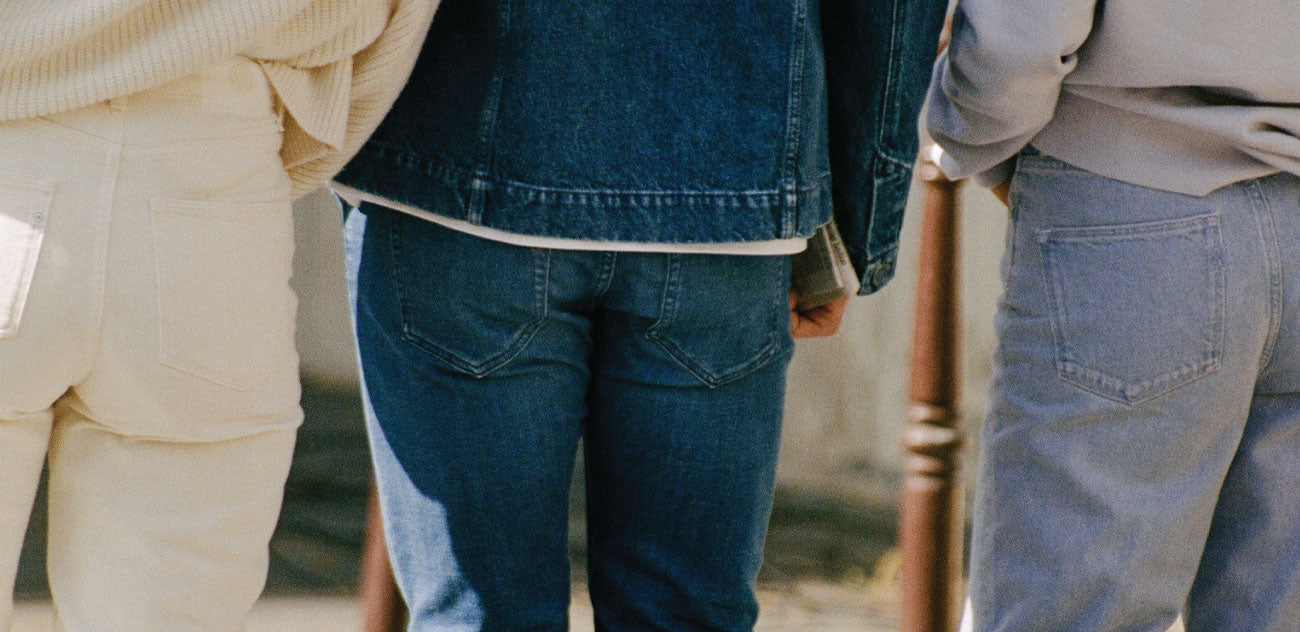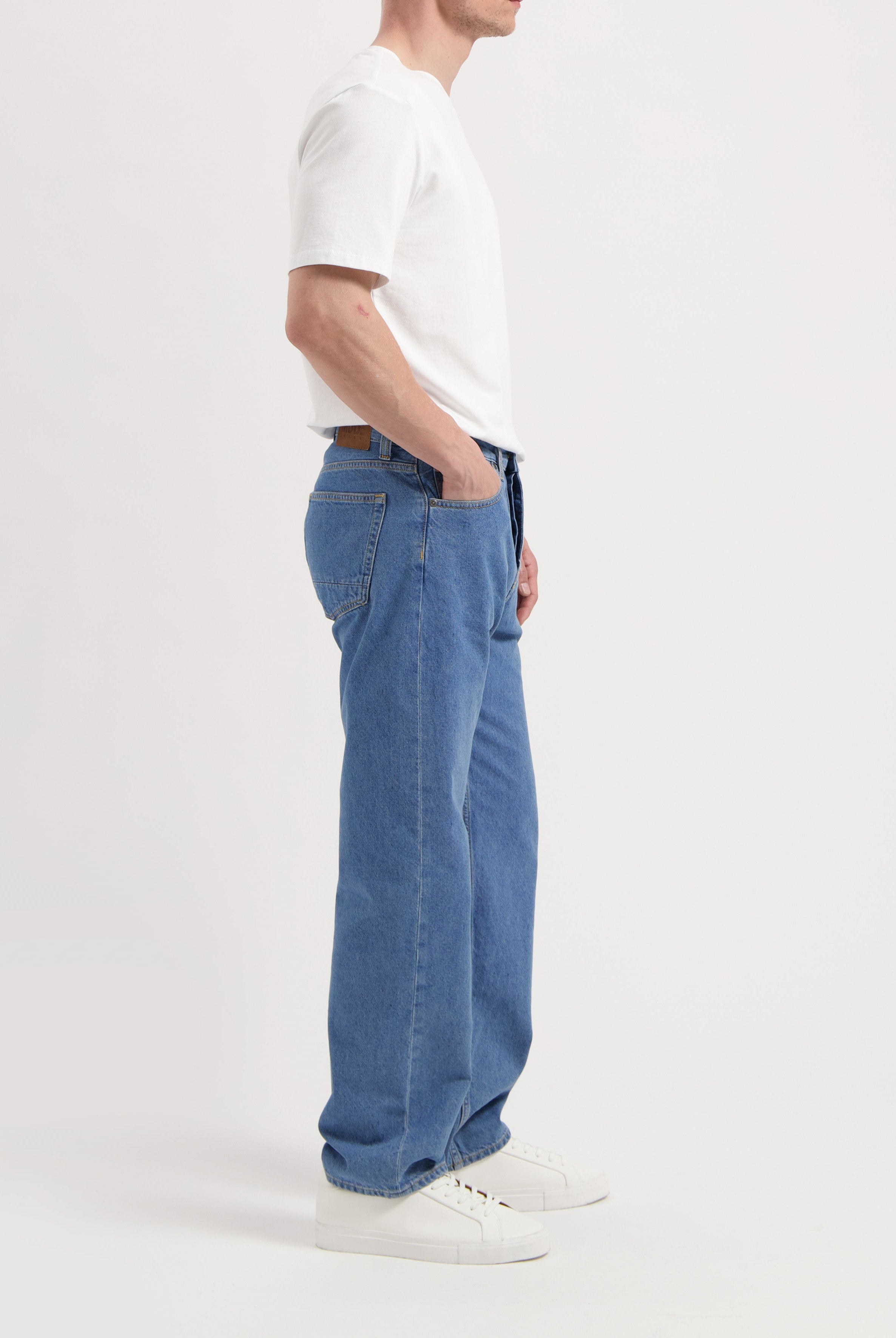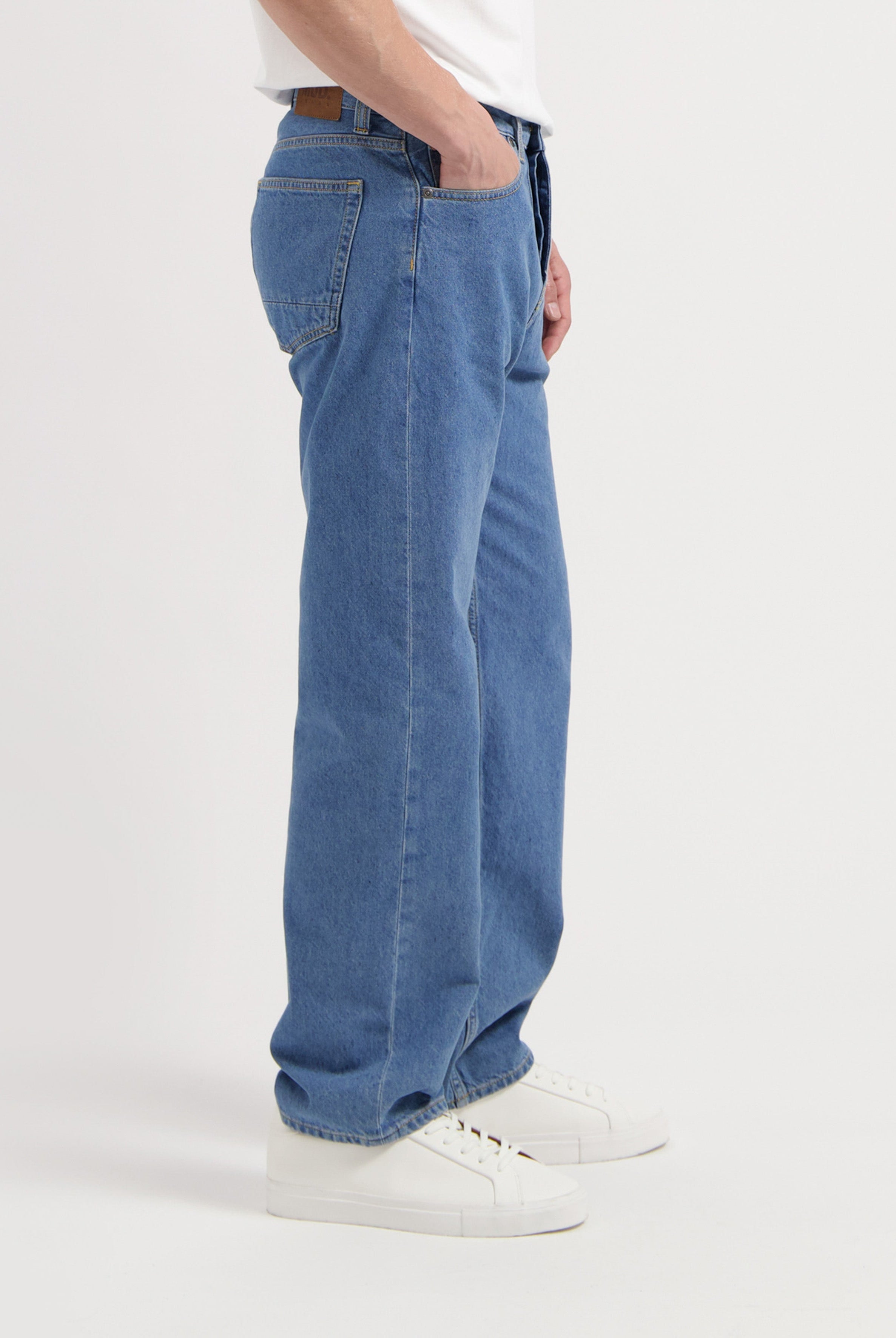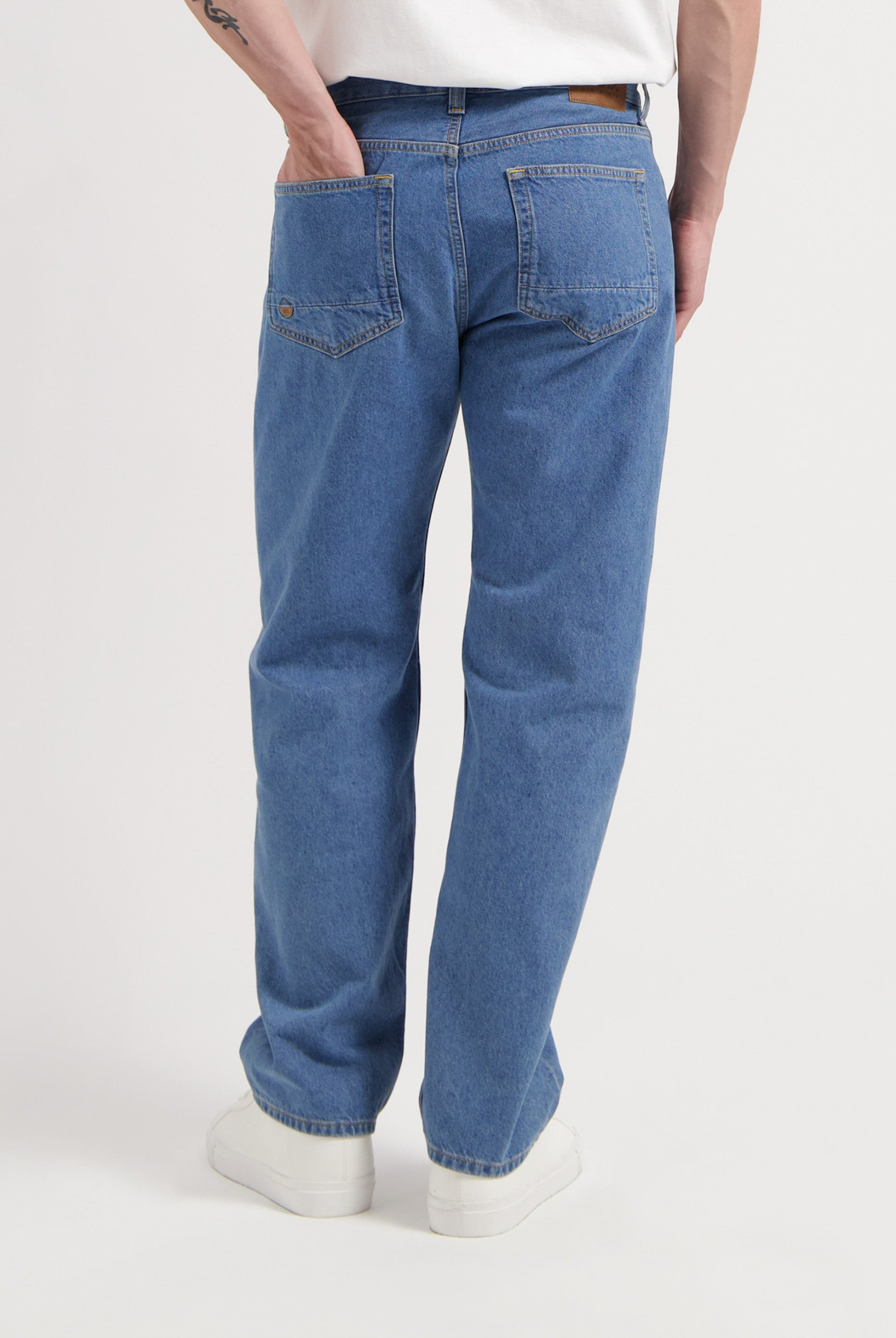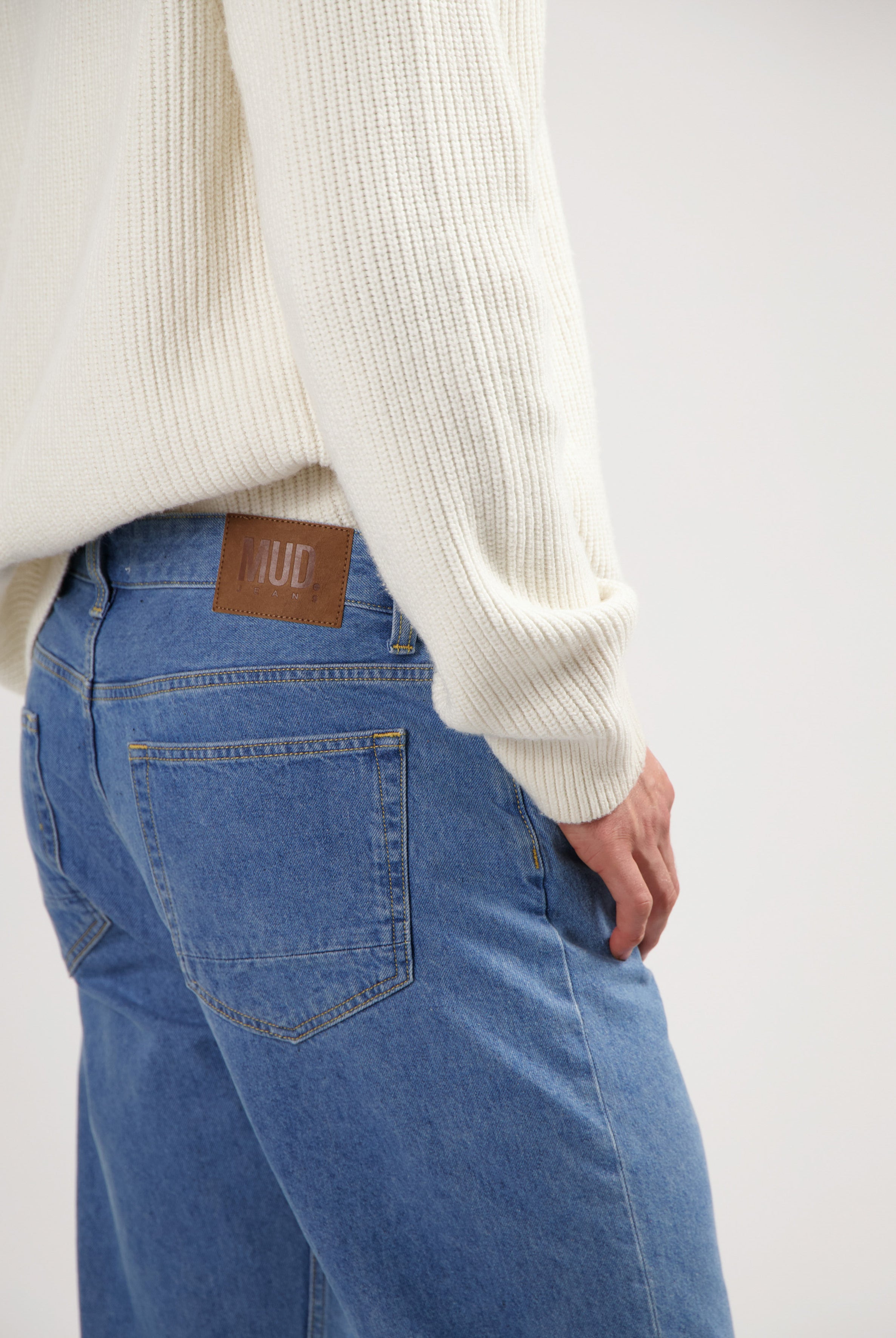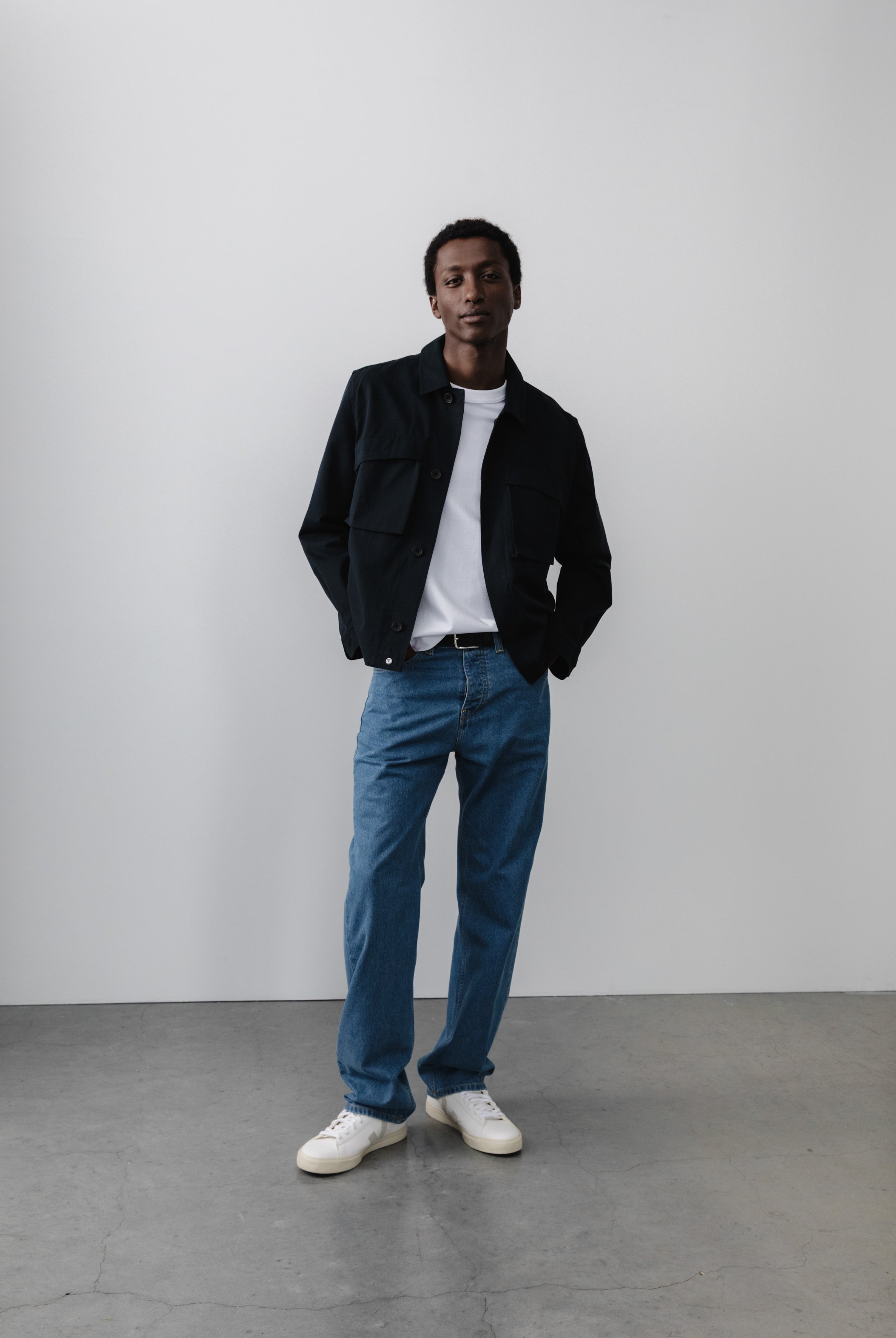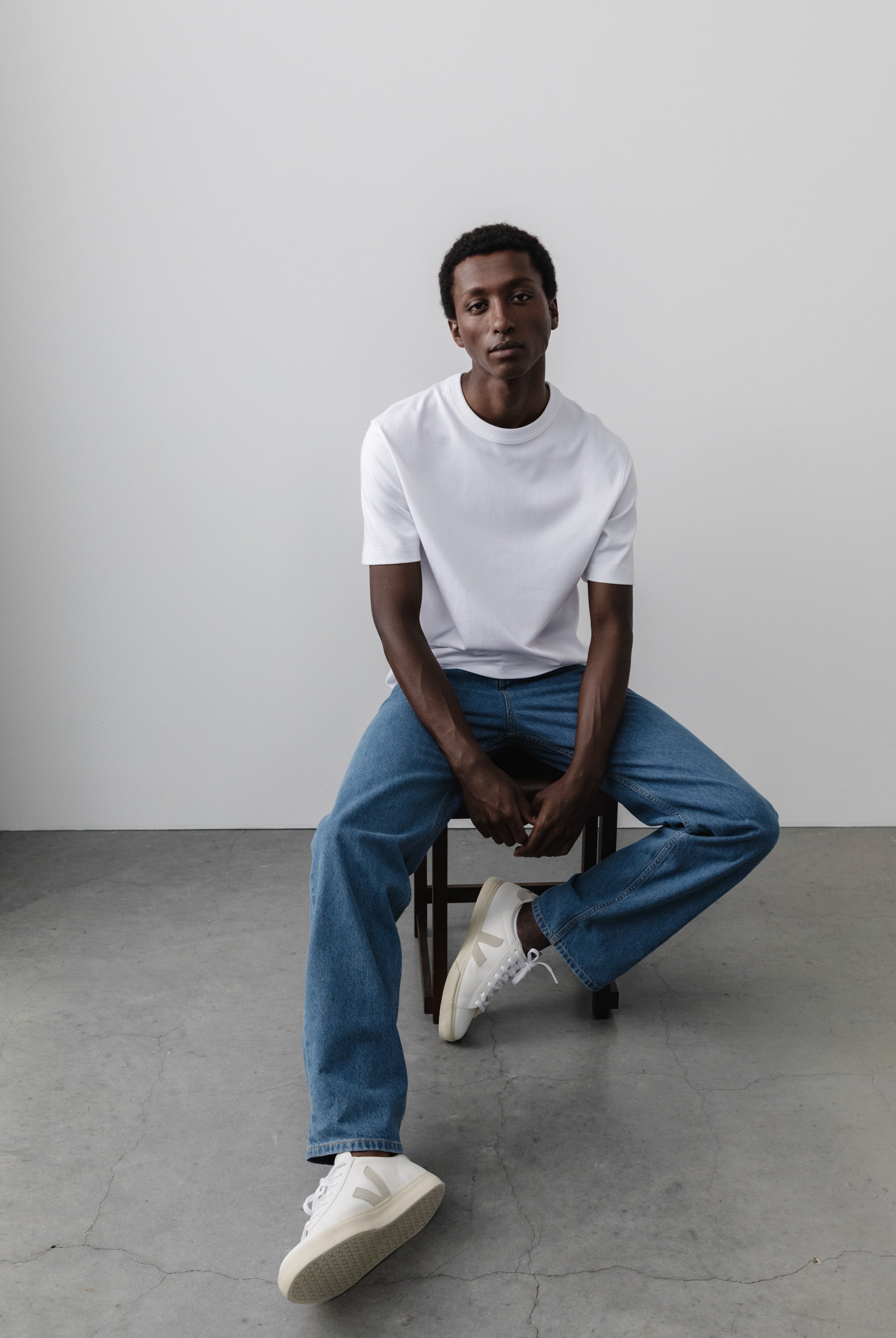Fashion trends come and go, and fast-fashion giants are eager to capitalise on them. Unfortunately, there is a downside. The fashion industry is one of the most polluting industries in the world. As a result, the environmental impact of fashion is massive. Thankfully, another movement is gaining momentum: slow fashion. But what is slow fashion? And how is it different from fast fashion? This article will give you the answers to these questions and more.
In this article:
- What is fast fashion?
- What is slow fashion?
- The difference between fast and slow fashion
- Join the slow fashion movement: 4 tips
- MUD Jeans: a Dutch slow fashion brand in the fashion industry
- Frequently asked questions about slow fashion vs. fast fashion
What is fast fashion?
Fast fashion is a business model in which clothes are produced quickly. Each collection is based on the latest trends, fuelled by celebrities, influencers, and designers. Fast fashion is characterised by ultra-fast production, low costs, and constantly changing collections. This means that consumers can choose from a wide range of affordable clothes that keep up with the latest trends.
The production
However, there is a huge downside to the fast fashion industry. Because of the superfast production, clothes are of low quality, which means they don't last long and are thrown away sooner. This business model is also very bad for the environment. Many chemicals and water are used in the production process, which leads to environmental pollution. It takes 2,700 litres of water to make a single T-shirt. That is enough water for 2.5 years per person.
Not to mention the poor working conditions in fast-fashion factories. Workers are forced to work long hours for very low wages in dangerous conditions and under enormous pressure. Fast fashion brands take these risks for granted; otherwise, they lose competitiveness, customers, and factories.
The consumption
In the West, we are used to low prices for our clothes. Tell us, how nice is it to be able to buy a T-shirt for a low price and look hip? But this creates a 'throwaway culture'. We buy cheap, low-quality clothes, and when they are no longer fashionable, we throw them away. It is a continuous cycle of buying and throwing away, and it is not a sustainable way to live. To give you an example, in the United States, an estimated 11.3 million tonnes of textile waste ended up in landfills in 2018. In 2000, it was 'only' 6.2 million. This number is likely to be many times higher now.
What is slow fashion?
Slow fashion is the opposite of fast fashion. Slow fashion refers to a more sustainable and conscious approach to the production of clothing. Rather than following trends, clothes are often made from eco-friendly or recycled materials. Slow sustainable fashion is characterised by better quality, fair production and timeless collections. This means you can wear your clothes season after season.
The production
Sustainable materials are used in the production of slow fashion. These materials are often natural fibres, such as organic cotton and linen, which are better for the environment. It is even possible that pre-loved clothes are used to make new ones (that is what we do). In addition, the factories use closed-loop water systems. This means that water can be reused, and dye colours do not end up in the sewage system.
The slow fashion market is also committed to fair production and a shorter supply chain. Local factories are seen as partners, and working conditions are optimal. The workers are paid a good wage, and the working conditions are safe. Brands are also transparent about the production process so that you, the consumer, can make a fair choice.

The consumption
The slow fashion movement is getting increasing attention. Sustainable fashion brands encourage you to be more conscious when you buy clothes and to replace them less often. This is possible because these brands produce timeless, high-quality and fairly made clothes. By investing in slow, sustainable fashion items, you contribute to a sustainable world and reduce the need to buy again and again. As a result, consumption decreases.
The difference between fast and slow fashion
|
Fast fashion |
Slow fashion |
|
|
Definition |
Fast fashion is a business model in which clothes are produced quickly. |
Slow fashion refers to a more sustainable and conscious approach to the production of clothing. |
|
Production |
Superfast, based on the latest trends |
Slower, timeless items. |
|
Consumption |
'Throwaway culture'. Clothes go out of fashion quickly and are thrown away. |
More focus on buying more consciously and less frequently. |
|
Environment |
High environmental impact due to using chemicals and synthetic fibres such as polyester. |
Reduced environmental impact through closed water systems. Water is reused, and natural fibres such as cotton are used. |
|
Quality |
Low quality, cheap. |
High quality, slightly more expensive. |
|
Working conditions |
Low wages, dangerous environment, high workload. |
Good pay, safe environment, low workload. |

Join the slow fashion movement: 4 tips
The slow fashion movement is having a positive impact on the fashion industry. More and more people are aware of climate change and environmental pollution. As a result, the demand for sustainable, ethical fashion has grown since the beginning of the 21st century. But how can you be part of the slow fashion movement yourself? We share four inspiring tips with you:
- Build a capsule wardrobe
- Slowly transform your wardrobe
- Buy second-hand
- Support slow fashion brands
1. Build a capsule wardrobe
A capsule wardrobe is a collection of versatile clothes that you can mix and match with each other. Functionality and quality are key. This means that you only need a few pieces to make several looks.
An example of a capsule wardrobe outfit
2. Slowly transform your wardrobe
If you are making the transition to slow fashion, our advice is to do it in stages. Are you going to completely replace your current (fast fashion) wardrobe with slow fashion clothes? If so, this will still impact the environment. So, choose not to replace an item until it has been worn out. After that, invest in timeless, quality basics that are easy to mix and match. You can, of course, add accessories that accentuate your personal style.
3. Buy second-hand
You don't always have to buy new clothes to join the slow fashion movement. Second-hand clothes are also a way to be more fashion-conscious. By selecting second-hand clothes, you give them a new life and reduce the demand for new products.
Fun fact: Our jeans are made from up to 40% recycled denim from pre-loved jeans. We aim to increase this to 100% (which we are already achieving).
4. Support slow fashion brands
Finally, of course, you can also support ethical brands that are more conscious about the clothes they make. These brands focus on sustainability, high quality, and ethical production and working practices. By choosing slow fashion, you invest in timeless pieces that you can enjoy for years, and you contribute to a greener world.

MUD Jeans: a Dutch slow fashion brand in the fashion industry
The choice you make between fast fashion and slow fashion impacts the environment. While fast fashion is all about trends, high-speed production and consumption, slow fashion offers a sustainable, timeless and conscious alternative.
Are you looking for sustainable brands? At MUD Jeans, you will find sustainable premium fashion that makes you look good, feel good and do good. Join the slow fashion movement and make a conscious choice for timeless, sustainable clothing.









